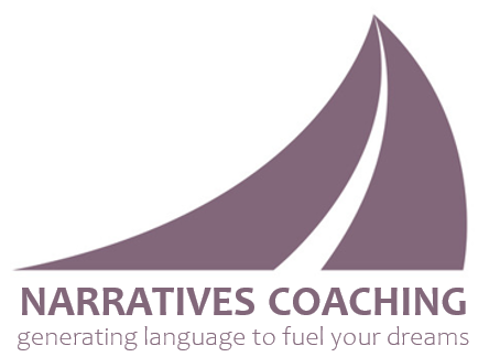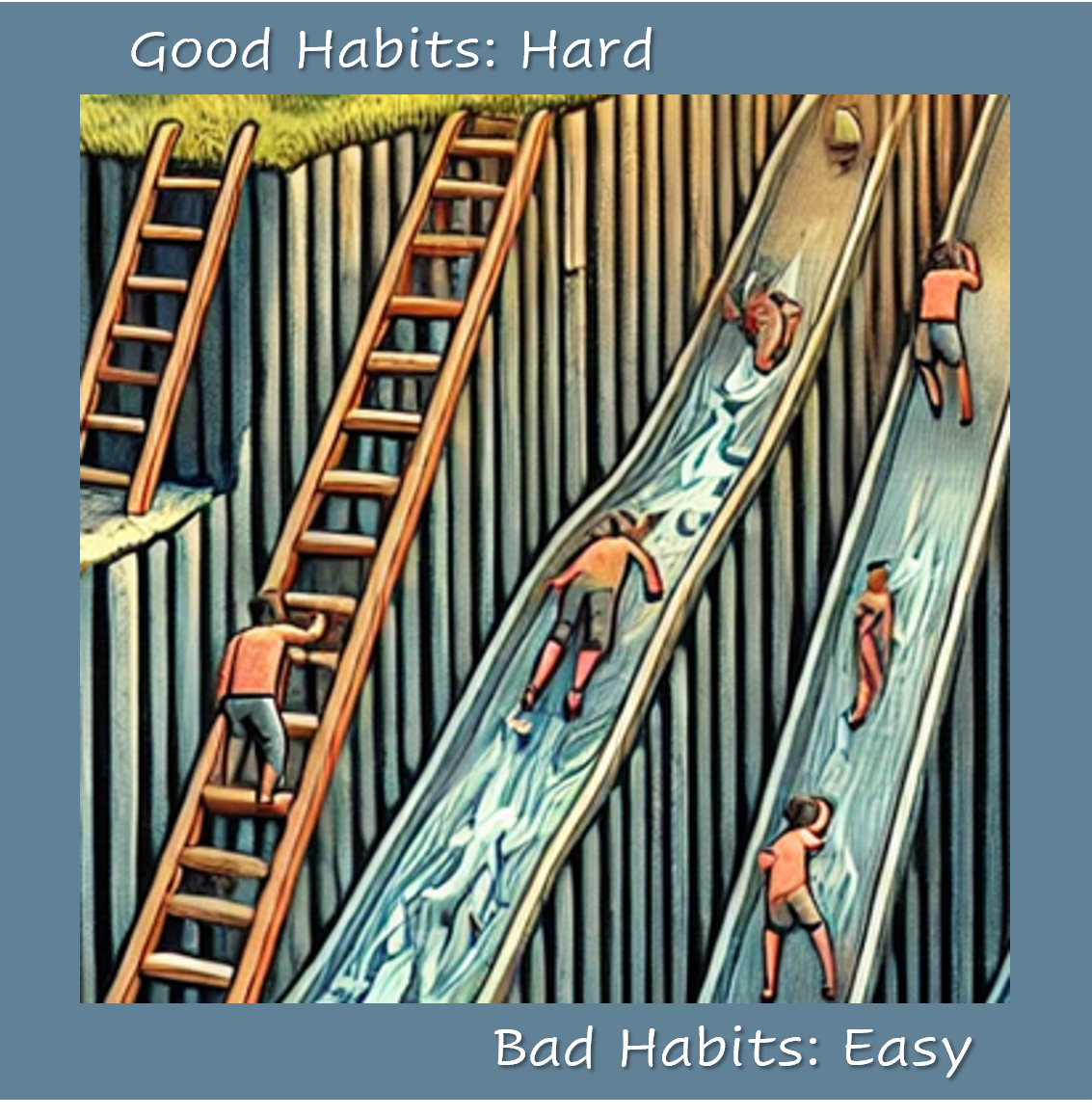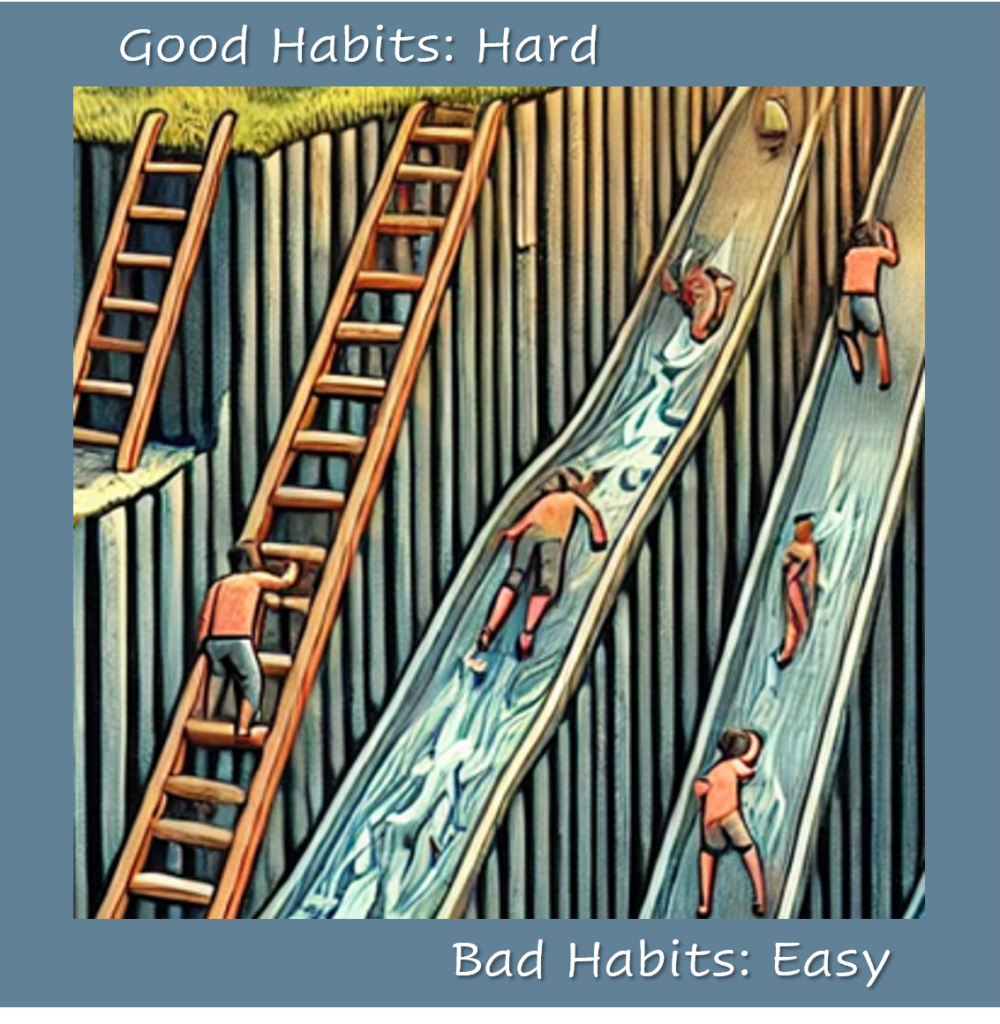A central theme across all my work is that the word ‘addiction’ has been co-opted and neutered to the point it no longer has useful meaning or utility. The term has become slang, and ascribed to any thought, attitude or behavior to which anyone wishes to make a point; there’s no longer any specific meaning, and no single or common definition for the word.
My goal is to reclaim the term, restoring its precision and utility, so we can begin to address the negative and unwanted effects of addiction with greater efficacy. There’s no question addiction is complex, multi-factored and nuanced, with degrees in severity and complication, and there’s no ‘one-size-fits-all’ solution which works perfectly for all affected. That said, that doesn’t mean we can’t a few steps back, simplify what’s been made overly complex, and restart our solutions from a place of simple and common understanding.
While there may not be a single, perfect solution, it is possible to Pareto (80/20) the problem and address the greatest volume of distress for the greatest number of people. By articulating addiction as a habit, and positioning it as the most severe form of bad habit (manifest as a complete loss of agency and control), it’s then possible to use traditional behavior change interventions with which most people are already familiar. By agreeing that, “addiction is a habit that’s become so powerful the person can’t stop despite desperately wanting to, and despite severe and escalating consequences”, we can then move forward with habit change interventions which have been proven to work for many people, if effort is sustained and supported, over some period of time.
Click here (or the graphic below) to access this latest article on Good Habits, Bad Habits & Addiction Habits, exploring how habits form, why some are so difficult to break, and how and why addiction can be viewed as a habit, subject to the same behavior change interventions we use to replace other habits.


